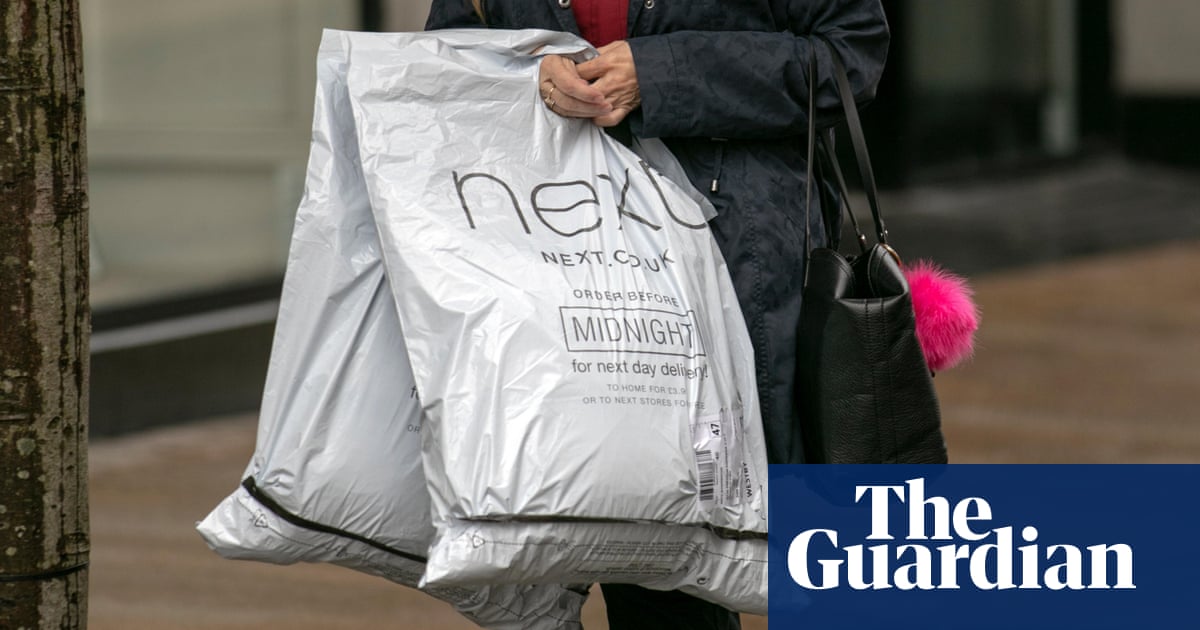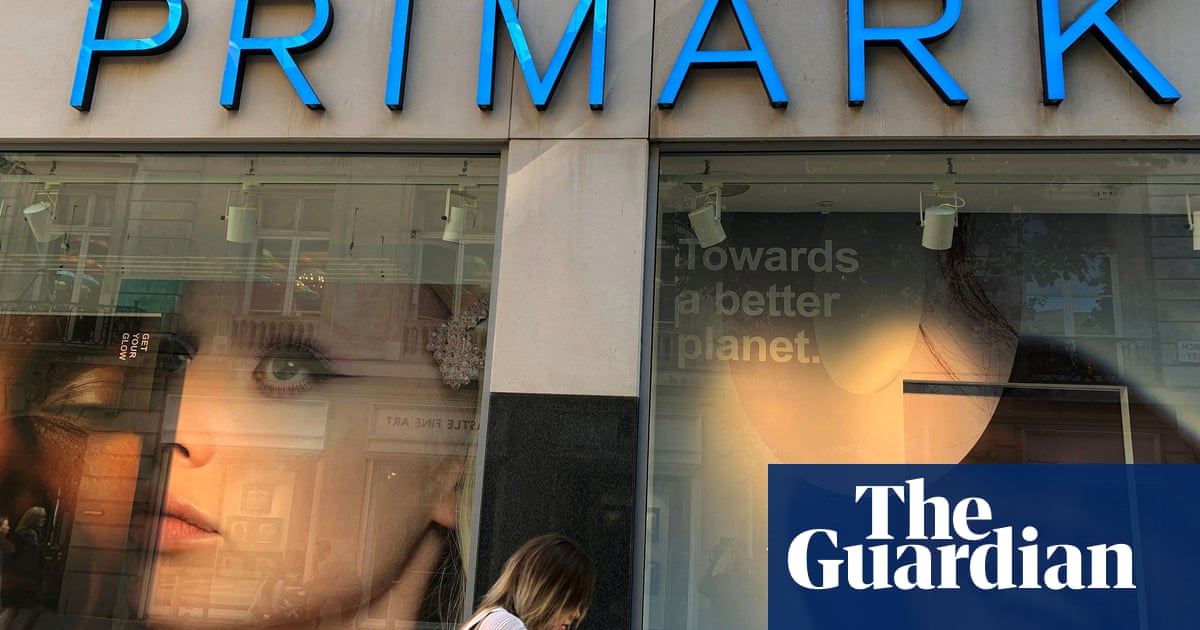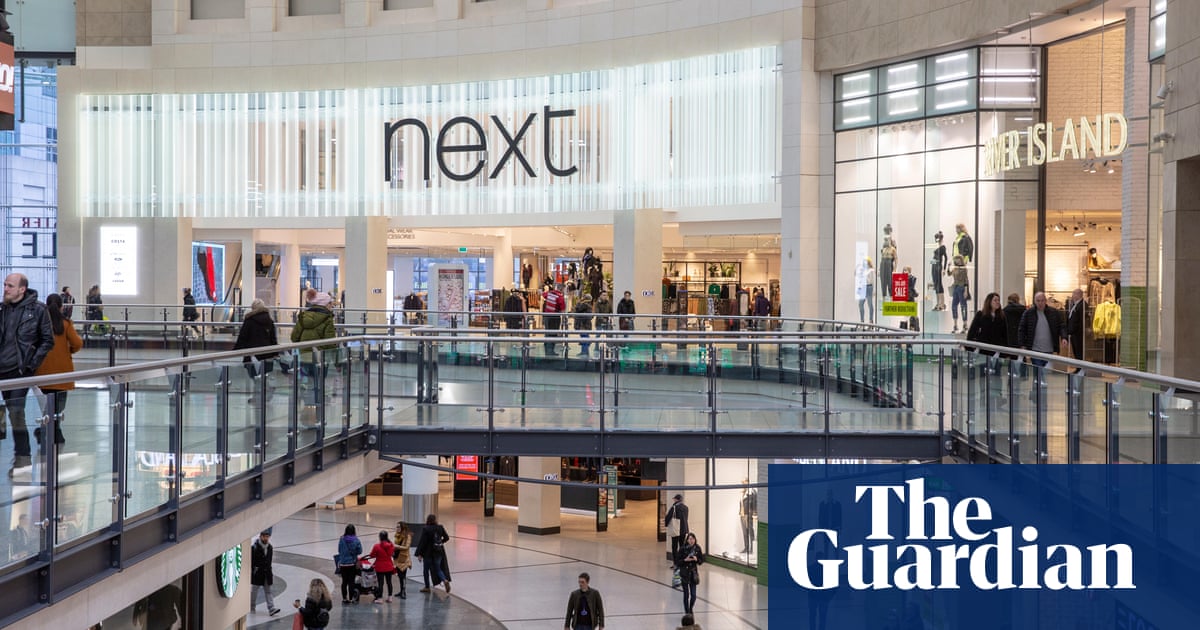
Next is set to make £10m more in annual profits than previously expected after a rise in sales of suits and summer outfits boosted sales despite a squeeze on shoppers’ spare cash from rising energy, petrol and food costs.
The clothing and homeware retailer said full-price sales rose by a better than anticipated 5% in the three months to 30 July, but warned it was expecting a slowdown in growth to just 1% in the second half of the year as the cost of living crisis hit shoppers’ budgets.
The first-half sales performance prompted Next to raise its full-year profit estimate to £860m, which would be 4.5% higher than last year.
The company also benefited from the closure of rival stores during the pandemic as the likes of Debenhams, Topshop and Dorothy Perkins went into administration and their new owners shifted to online-only selling.
Simon Wolfson, Next’s chief executive, said: “The good summer helped with sales of summer weight products and we sold more holiday stuff as more people are going away.”
As well as the boom in demand for warm weather gear such as shorts and sundresses, Lord Wolfson said there had been a surge in sales of suits, both men’s and women’s, amid a return to office working and a wealth of events such as weddings, after more than two years of restrictions.
However, he said it was not yet clear if this was a longer term trend back towards smarter dressing and buying fewer, better items, or mostly just people restocking their wardrobes after more than two years of living in casual wear while working from home during the pandemic.
“The question is if this is indicative of more investment dressing and away from the six- to 10-year trend of much more casual dressing,” he said.
Thanks to reduced competition on the high street, Next’s full-price sales in stores in the quarter were 4.5% up on last year and almost 5% ahead of pre-pandemic levels.
“It is not just people that stopped trading altogether but a lot of shops were shut by people still trading,” Wolfson said. “Those left trading are likely to pick up business from those that are no longer around.”
The company warned spending was likely to worsen in the second half when it is set to increase clothing prices by about 8% – 6.5% for fashion and 13% for homeware – after a 3.7% rise in the first half of the year.
Advertisement
Wolfson said he expected clothing price inflation to continue into next year, but not at the same pace because the cost of shipping and commodities such as cotton were coming down as higher prices reduced demand.
He said trading through the autumn and winter was likely to be different depending on product categories. Homeware has been hit by a “very dramatic fall” in sales compared with last year when families were very focused on renovating properties, while formalwear was already ahead of pre-pandemic levels and likely to continue to do well.
In contrast to the strong trading in stores, Next’s online sales rose just 0.2% in the quarter compared with the same period last year, although that was a recovery from an 11.1% fall in the previous three months – in comparison to 2021 when Next stores were closed during lockdown.
Wolfson said: “That doesn’t necessarily say online growth is finished. I think that’s unlikely.”
The company said the return rates on items had gone up again and were close to pre-pandemic levels at 42%. Far fewer customers returned products during the pandemic, when homeware, children’s clothes and sportswear were popular. Such items tend to be returned less often.
Next shares rose 2%, making the retailer one of the biggest risers on the FTSE 100 on Thursday morning.












